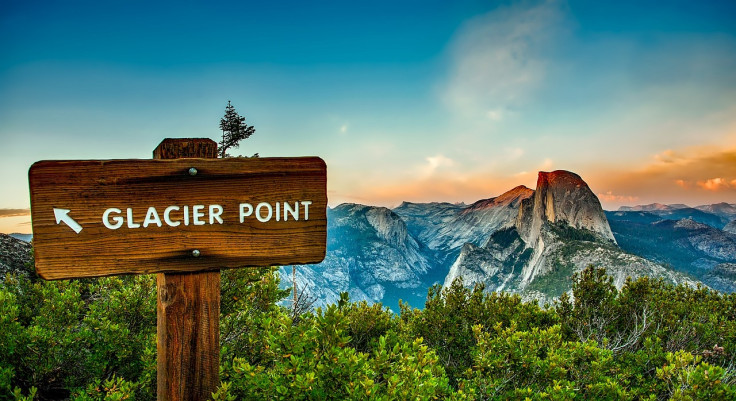
Peru, which holds 68% of the world's tropical glaciers, has lost 56% over the span of the last six decades amid climate change.
The National Institute of Research of Mountain Glaciers and Ecosystems report released Wednesday mentioned that growing temperatures had created a negative impact on the glaciers, and they were melting and forming lagoons. This also increased the risk of overflowing and flooding.
An official of Peru's National Institute of Research of Mountain Glaciers and Ecosystems, Mayra Mejía, said, "In 58 years, 56.22% of the glacial coverage recorded in 1962 has been lost," AP News reported.
According to the report, 2,084 glaciers cover 1,050 square kilometers in Peru as of 2020. Whereas, in 1962 it was 2,399 square kilometers.
The institute's director, Beatriz Fuentealba, said from 2016 to 2020, Peru lost almost 6% of these high mountain glaciers, adding that many have disappeared from the Ancash region.
So far, 164 lagoons have been created or are in the process of being formed due to the melting of glaciers in the last four years, which will bring up the number of glacial lagoons to 8,466, covering around 1,081 square kilometers.
Fuentealba recalled that in 1970 a huge ice chunk broke off from Huascarán mountain after the earthquake and fell into a lagoon, causing a mud avalanche in the northern Andes, killing more than 20,000 people.
Director of research on glaciers at the Ministry of the Environment, Jesus Gomez, said, "The new lagoons could be, in the future, water reserves, but being at high altitudes they cause a danger of overflowing and flooding," Reuters reported.
Most tropical glaciers in the country are 6,000m above sea level and the new lagoons are between 4,000m and 5,000m, as per the report. Almost 20 million Peruvians are taking advantage of melted glaciers directly or indirectly. However, this is impacting the natural mountain ecosystem.
Environment Minister Albina Ruiz admitted that "we cannot prevent glaciers from disappearing over the years" but at least the speed of the reducing glaciers can be lowered by ensuring less pollution and more green areas.
Due to climate change, many glacier areas are becoming warmer, leading to several incidents of glaciers melting. For instance, Italian authorities revealed in July 2022 that 11 people died after a huge chunk of melted glaciers fell on hikers.
Earlier this week, Secretary-General of the United Nations, Antonio Guterres said that he will be visiting Antarctica from Wednesday to Saturday with Chilean President Gabriel Boric to observe the climate change impact on the continent ahead of the COP28 in Dubai.
© 2025 Latin Times. All rights reserved. Do not reproduce without permission.







